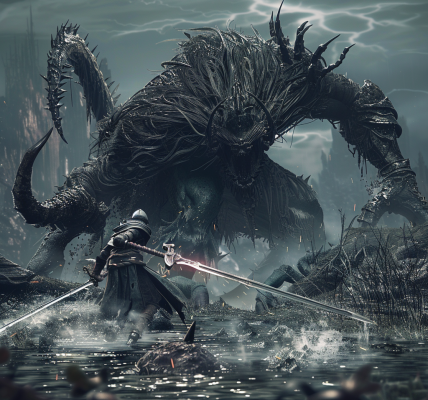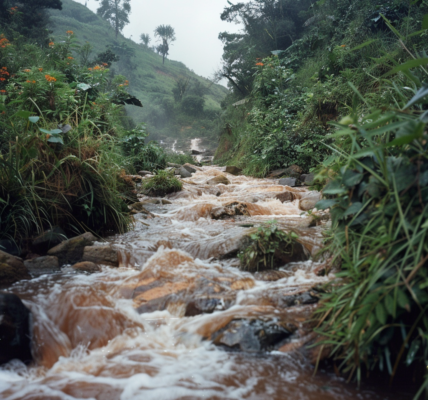Zealandia, the eighth continent of the world, has been completely mapped, revealing ancient secrets that were previously unknown. The continent, which has been submerged underwater for almost 60 million years, was only formally recognized as a continent in 2017. Now, an international team of scientists has successfully completed the mapping of the 5 million square kilometer continent, making it the first of Earth’s continents to have its basement, sedimentary basins, and volcanic rocks fully mapped out to the continent-ocean boundary.
Zealandia separated from the supercontinent Gondwana around 60 million years ago, and the recent mapping has revealed some fascinating details about its geological history. The research uncovered that Zealandia’s crust is thinner than that of most other continents, and it also identified basalt lava rocks, indicating the presence of a giant volcanic region in the past.
The study suggests that between 100 and 60 million years ago, Zealandia experienced a period of intense volcanic activity as the continent stretched and thinned. Lead author Nick Mortimer explained that for at least 40 million years, molten magma flooded out of cracks and fissures, shaping the continent’s geological features.
This groundbreaking research sheds new light on the geological evolution of Zealandia and provides valuable insights into the continent’s ancient past. The completion of the mapping marks a significant achievement in the field of geological research, as it unravels the mysteries of one of the least explored continents on Earth.





